Seed dormancy related to foliage dormancy?
swontgirl_z5a
11 years ago
Related Stories
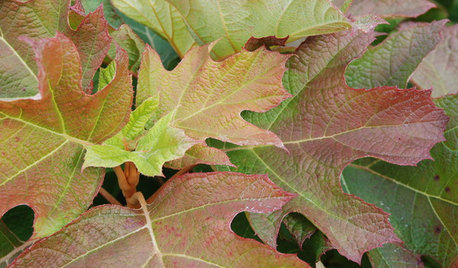
GARDENING GUIDESNortheast Gardener's November Checklist
Let titian foliage and berries, silky milkweed, late-blooming asters and more lure you out into the autumn garden
Full Story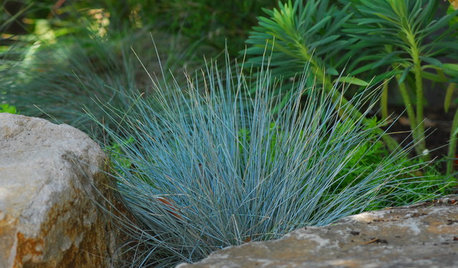
LANDSCAPE DESIGNGreat Design Plant: Blue Fescue
Is there anywhere this grass doesn't look great? Bonus: It outlasts other grasses in color and doesn't hog water
Full Story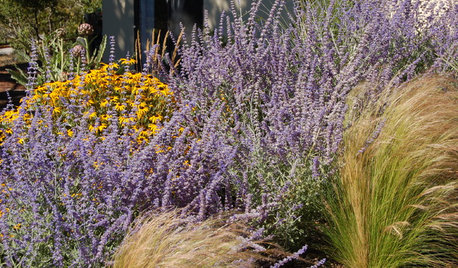
CALIFORNIA GARDENINGSouthern California Gardener's November Checklist
Sow wildflower seeds while ye may, give berries some love and pay attention to produce for garden veggies all winter long
Full Story0

GARDENING GUIDES10 Top Native Plants for the U.S. Southeast
For a low-maintenance and wildlife-friendly landscape, use Southern natives that withstand heat and humidity
Full Story
GARDENING GUIDES10 Cold-Hardy Succulents for Cool-Season Interest
These attractive plants shrug off colder temperatures, and many can be brought inside in containers in extra-chilly climates
Full Story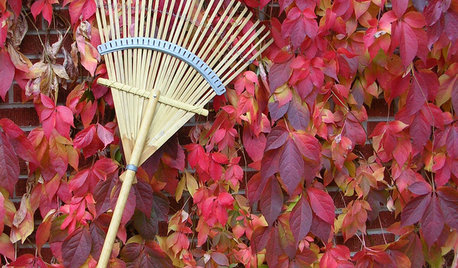
GARDENING GUIDESYour November Garden Checklist
What to do around the U.S. this month to help your garden thrive — when you're not admiring fall's brilliant colors, that is
Full Story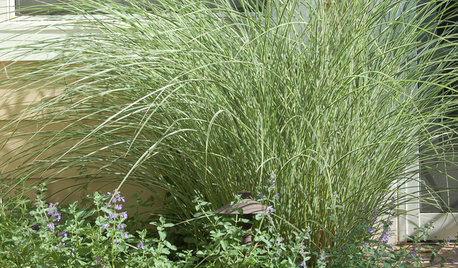
GARDENING AND LANDSCAPING5 Smokin' Warm-Season Grasses
Beat the heat with beautiful grasses that help your landscape shine from summer through fall
Full Story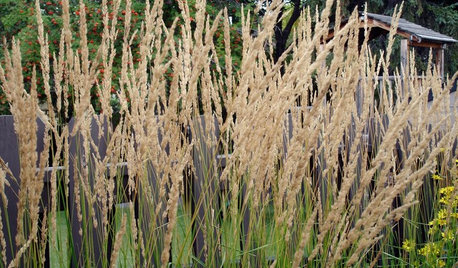
GARDENING AND LANDSCAPING5 Hot Cool-Season Grasses
Chill out this spring with resilient grasses that will kick-start your garden and may just last all year
Full Story0
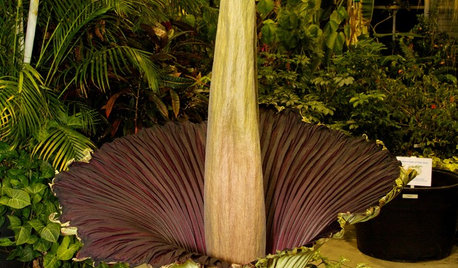
FUN HOUZZSmell This Shocking Flower at Your Own Risk
Don't say we didn't warn you: The foul scent of the rare and incredible corpse flower may knock your socks off
Full Story
GARDENING GUIDESGreat Design Plant: Kumquats for a Juiced-Up Winter
Grow it for the edible fruit or its good looks alone. This citrus cousin will brighten any gray winter day
Full StorySponsored
More Discussions






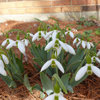
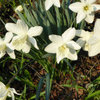
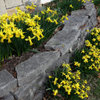

dementieva
swontgirl_z5aOriginal Author
Related Professionals
Baltimore Landscape Architects & Landscape Designers · Gainesville Landscape Contractors · Berwyn Landscape Contractors · Essex Landscape Contractors · Florham Park Landscape Contractors · Huntley Landscape Contractors · Wheat Ridge Landscape Contractors · Dunedin General Contractors · Greenville General Contractors · Keene General Contractors · Longview General Contractors · Los Lunas General Contractors · Milton General Contractors · Norridge General Contractors · Riverside General ContractorsEd
swontgirl_z5aOriginal Author
daredevil
swontgirl_z5aOriginal Author
Ed
admmad
swontgirl_z5aOriginal Author
admmad
swontgirl_z5aOriginal Author
admmad
swontgirl_z5aOriginal Author
admmad
admmad
swontgirl_z5aOriginal Author
admmad
dementieva
dementieva
dementieva
swontgirl_z5aOriginal Author
dementieva